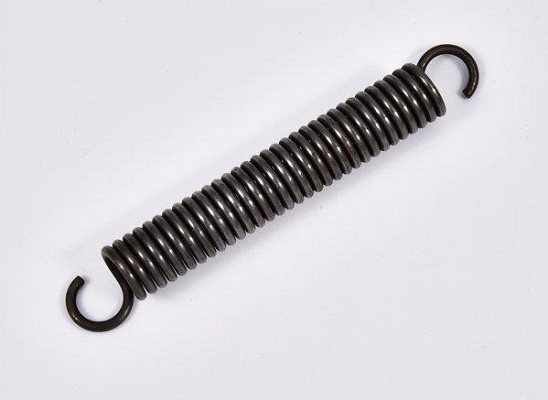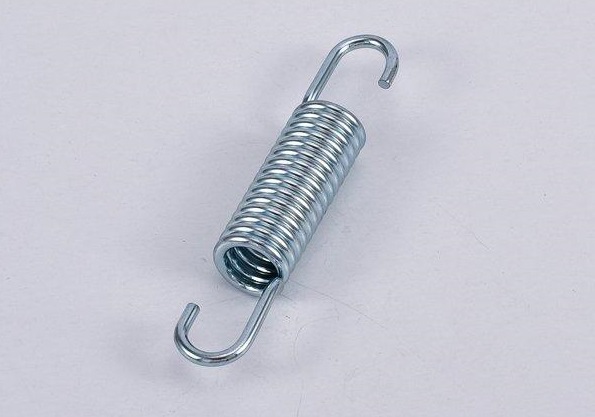Tension spring and its application field
I believe everyone knows that springs are inseparable in life. Now, I will introduce you about extension springs. Extension springs is one kind of coil springs. They can also to be called “tension springs, extension springs, spiral extension springs, etc.” Even if name is different,they are same item.It is an indispensable spring in our daily life. It is a spiral spring that bears axial tension. The difference from compression springs is that a compression spring is a kind of spring that bears axial pressure. For the coil spring, the tension spring material is generally made of round cross-section materials. The difference from the compression spring design is that there are two more “hooks” on both sides. The rooms are in a closed state. Let’s take a look at what is a tension spring and its application fields.

What is tension spring?
(1) “Hook” is an important place to support the source of tension of the tension spring. The compression spring is separated when it is not working, and the working principle of the tension spring is opposite to that of the compression spring. When the tension spring is The two ends of the product are fixed to the product, and when the product is separated, it will have an effect, produce a strong tensile force, and try to pull the product back together.

(2) The hook shape of the extension spring is divided into many types, which can be a hook, a small hole, and various geometric shapes. The position can be selected according to the product. It can be divided into six types: side hook extension spring, long hook extension spring, English hook extension spring, German hook extension spring, semicircular hook extension spring, duckbill hook extension spring.
Extension springs Application
Extension springs occupies an important position in the global market. From small medical and health equipment to mechanical brake springs in the field, the application of extension springs requires you to specify various types of pull loops and hooks. The close contact between adjacent coils produces initial conditions. Pull force, which helps control load and stiffness, and is widely used in national defense, marine, computer, electronics, automobiles, molds, medicine, biochemistry, aerospace, railway, nuclear power, wind power, thermal power, construction machinery, mining machinery, construction machinery , Elevators and other fields.






